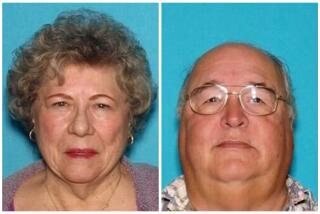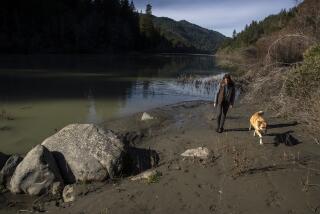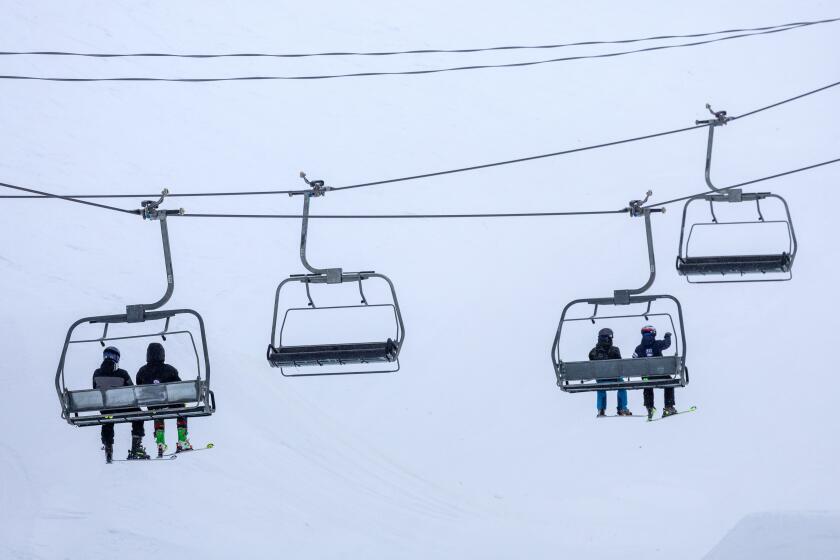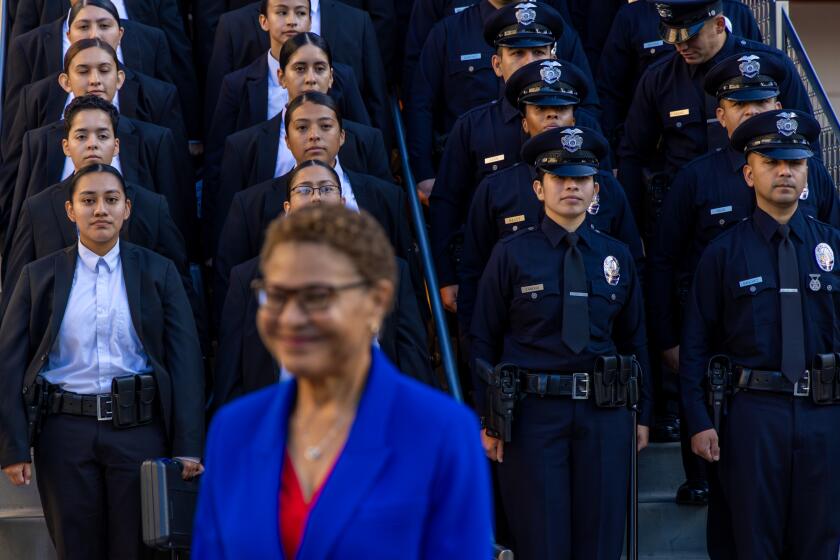NEWPORT BEACH : Police Doubt Bones Are Denise Huber’s
- Share via
Costa Mesa police don’t believe that bones found in Indio last February belong to a missing Newport Beach woman, but an anthropologist who studied the remains says there is a strong possibility that they do.
Denise Huber, 23, vanished 14 months ago after dropping off a friend at his Huntington Beach home. According to police, the two had just attended a concert in Inglewood.
Huber was last seen at about 2 a.m. on June 3, 1991. Her car was found with a flat tire on the Corona del Mar Freeway a few hours later.
In February, a dirt bike rider found a leg bone that he had driven over in the desert near Interstate 10, seven miles east of Dillon Road. He contacted the Riverside County Sheriff’s Department, which uncovered more bones at the site. They included three ribs, a shoulder, two hip bones, a thigh and several other arm and leg parts.
However, despite 12 separate searches by deputies and bloodhounds, no skull was uncovered, making it more difficult to identify the remains, authorities said.
Forensic anthropologist Judy Suchey, who teaches anthropology at Cal State Fullerton, determined that the skeletal remains belonged to a woman in her early 20s or late teens. The woman was probably between 5 feet, 4 1/2 inches and 5 feet, 10 inches tall with a slight to medium frame. Huber was 23 when she disappeared, 5 feet 9 inches tall and weighed 130 pounds.
Suchey estimated the bones had been buried for between six and 18 months.
“Denise Huber fits the description,” Suchey said. “All the characteristics--her sex, age and height fit Denise.”
However, Costa Mesa Police Capt. Tom Lazar said he does not believe that the bones are Huber’s. “Based on the information we have, we’re inclined to believe that they’re not hers,” he said, refusing to elaborate. “But, only the final analysis will confirm or deny that,” he added.
At present, an out-of-state DNA specialist is testing the bones, which is expected to be a time-consuming process.
However, Suchey said, if the skull and mandible are located, it will clear up the question of identity immediately.
“If anyone knows the whereabouts of the skull and mandible, I hope they will turn them in or call the sheriff in Indio,” she said. “People oftentimes pick up skulls in the desert area to keep as souvenirs.”
For Huber’s mother, Ione, the waiting has been agony. “I’m just hoping for a resolution soon.”
More to Read
Sign up for Essential California
The most important California stories and recommendations in your inbox every morning.
You may occasionally receive promotional content from the Los Angeles Times.










